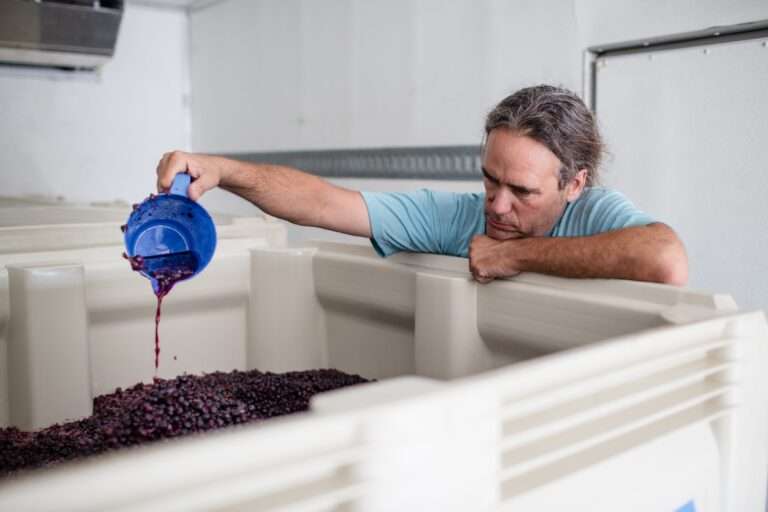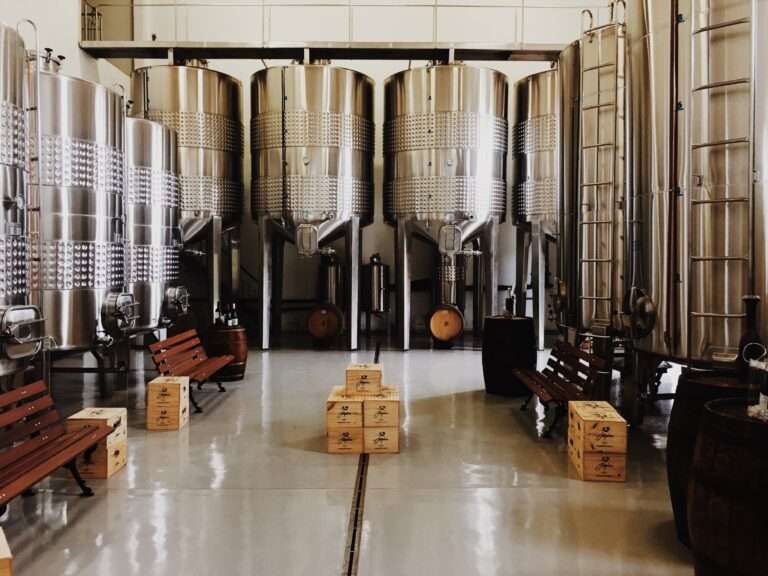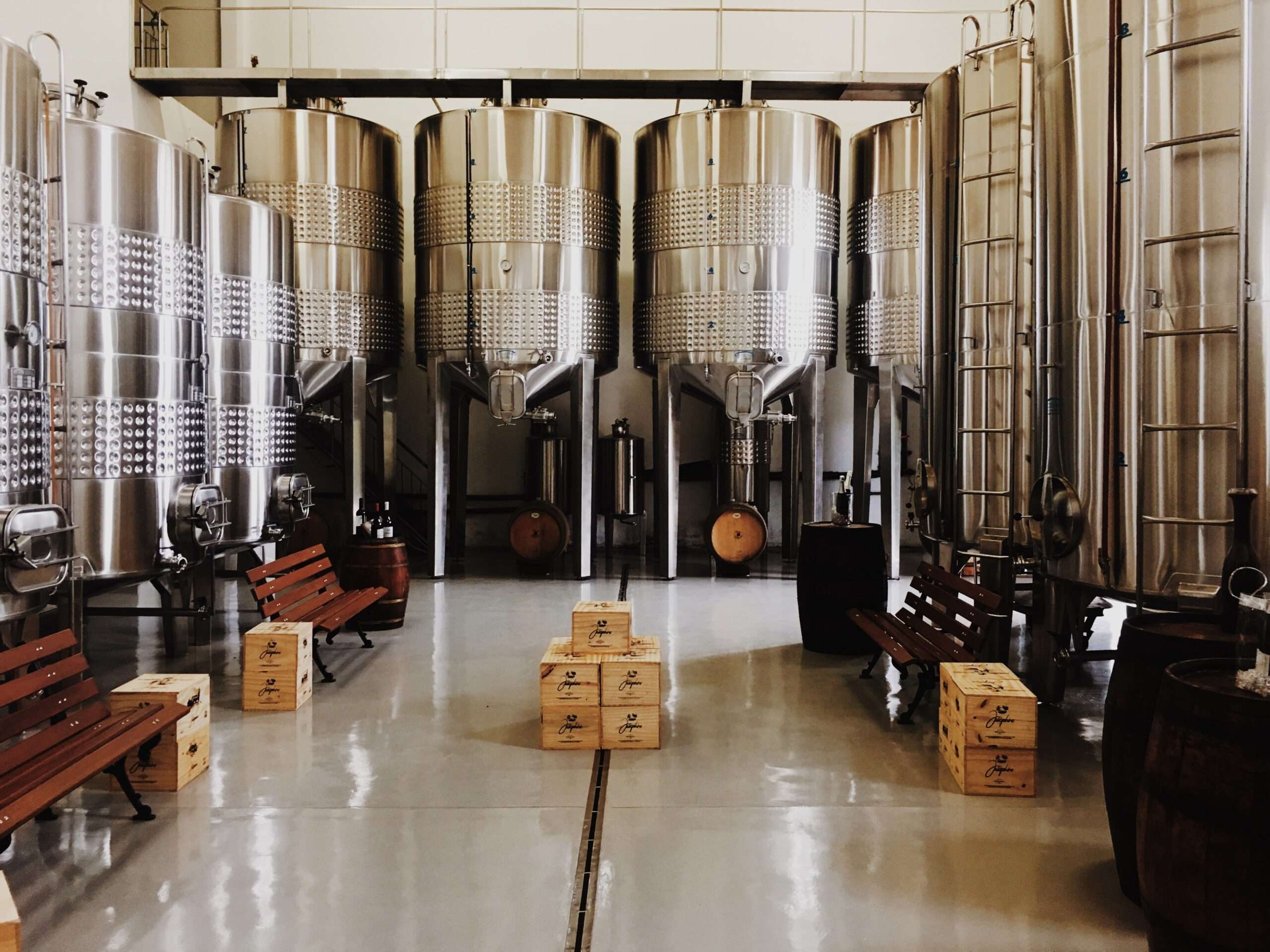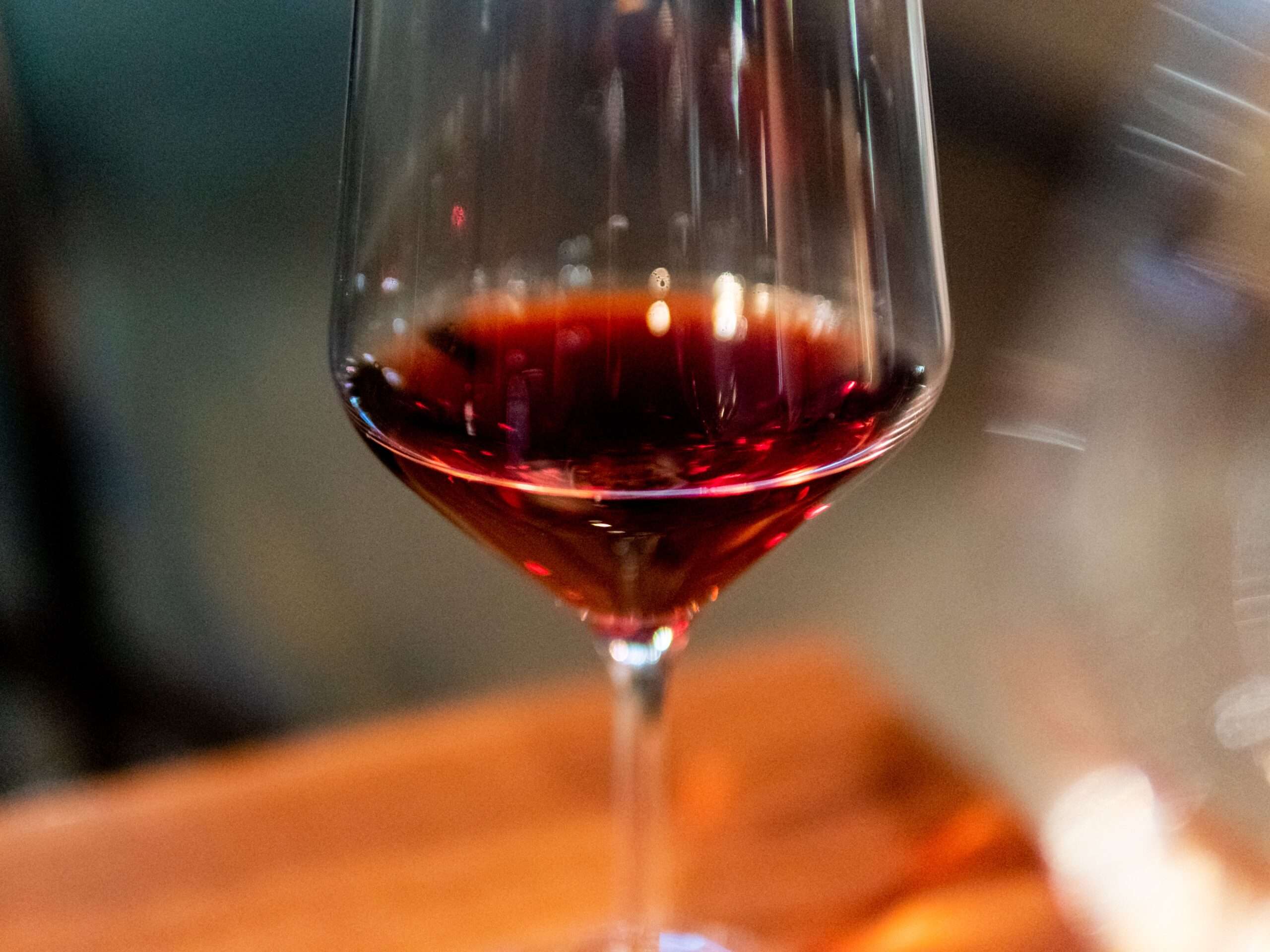The world of wine is made up of a large number of varieties. As a novice in viticulture, it is not easy to know which is which. There are a great many different grape varieties that go into making the many kinds of red wines, white wines, rosé wines, sparkling wines, sweet wines, and dry wines. So how does one know what to expect when opening a bottle of Cabernet Sauvignon?
Cabernet Sauvignon is not what is considered a sweet wine. It falls under the classification of dry wine. It is probably one of the more well-known dry wines. A dry wine will not contain any residual sugars but will also have a higher tannin content.
Cabernet Sauvignon is not only a dry wine; it is also a red-colored wine and comes from the Cabernet Sauvignon grape, which is a newer variety of grape.
Why Is Cabernet Sauvignon Not Sweet?
The sweetness of a wine is dependent on the number of residual sugars remaining after fermentation.
Sugar is broken down during the fermentation process. The longer the wine ferments, the less sugar will be leftover. Cabernet Sauvignon is fermented until very little residual sugar is left, leaving it with a rich but dry taste.
However, just because the wine is dry does not make it unenjoyable. Cabernet Sauvignon has a worldwide reputation of being one of the most enjoyed wines produced today.
What is Cabernet Sauvignon Exactly?
Cabernet Sauvignon is a somewhat juvenile variety of wine, having only been in existence since some point in the 17th century. What is more, it was quite by chance. The DNA analysis conducted on the varietal has placed its beginning in Southwestern France. It was the fortunate result of an accidental crossing of Sauvignon Blanc and Cabernet Franc vines.
The resultant, black-colored grape variety has become one of the world’s leading wines. This popularity is not because of the enjoyable taste this wine has but largely due to the hardiness of the vine.
It is particularly easy to cultivate and can be found in almost every wine-growing region globally. The grapes are thick-skinned and will have a later budding season to escape the perils of frost. Not only that, but Cabernet Sauvignon is also resistant to the various viticultural dangers of insects and disease.
What Does Cabernet Sauvignon Taste Like?
While being labeled a dry red wine, there is much more to your typical Cabernet Sauvignon. This wine varietal has the benefit of consistency in taste. This consistency makes it a favorite amongst winemakers due to its reliability.
The classic flavor of a Cabernet Sauvignon is said to be rich and full-bodied. It has a high acidity and tannin content making it perfect for aging.
The flavor and taste of Cabernet Sauvignon depend on the grape’s ripeness. The ripeness allows the viticulturists to determine the type of notes they wish their wine to display.
A young under-ripened grape will have a higher pyrazine content. Pyrazines are a chemical compound responsible for the green pepper flavor often experienced in a Cabernet Sauvignon.
In ripened grapes, the increased sunlight will break this compound down, thus reducing the pyrazine content allowing a black currant flavor to come to the fore.
Will Climate Affect The Taste of Cabernet Sauvignon?
Climate does affect the taste of a Cabernet Sauvignon. Different climates will have an impact on the rate of grape growth as well as on the rate of ripening. The ripeness, in turn, will translate into different flavors.
Wine grown in cooler regions will typically have subtle notes of black currant, with green bell pepper undertones mixed with hints of cedar and mint. Warmer environments will generally produce a more ripened grape leading to more fruity bouquets being the predominant flavors.
Cabernet Sauvignon produced in moderate climates provides a cherry and olive flavor blend and the subtle tone of blackcurrant. The over-ripened grapes will produce a much fruitier flavor reminiscent of jam in hot climates.
What Should I Pair Cabernet Sauvignon With?
Wines are commonly paired with food as both the wine and food will complement each other’s flavors. Being tannin-rich with high acidity, it is recommended to pair a Cabernet Sauvignon with foods that will reduce the overall bitterness of these elements.
Red meat and naturally oily food serve to neutralize the bitterness of the tannins; this allows the full flavors of the wine to be better appreciated.
As Cabernet Sauvignon is a dry wine, sweet foods are best avoided as these will only enhance the bitterness of the wine in comparison. Bitter, dark chocolates provide a foil and pair well with this wine.
Cheeses of many varieties pair well with Cabernet Sauvignon. The fatty, creamy composition of cheese serves to soften the bitter tannin effect. However, it is advised to keep to the softer more subtle flavored cheeses as these won’t overwhelm the flavor of the wine.
Will Aging Cabernet Sauvignon Affect Its Taste?
As with most wines with a high tannin and acidity content Cabernet Sauvignon improves with age.
Over time the tannins oxidize, and a smoother rounded flavor opens the wine up to a myriad of more subtle flavors.
For How Long Should You Age A Cabernet Sauvignon?
Several factors will determine the aging of a Cabernet Sauvignon. Today many Cabernet Sauvignon varieties are made to be drinkable much earlier than previously.
The wine’s regions will also play a role in recommended aging. Often it is recommended to age a Cabernet Sauvignon for up to ten years.
However, varieties from certain regions, namely from California, can be aged for more than 2 decades in some cases. To be certain, it is a good idea to get guidance from the wine producers.
Conclusion
Cabernet Sauvignon is not a sweet wine. However, it is one of the most appreciated and enjoyed dry red wines of today. Its hardy temperament has ensured that it can be grown in every winemaking region.
The variety’s low maintenance cultivation and general flavor dependency make it popular amongst viticulturists and wine drinkers alike. It is easy to see how this variety has been the most planted grape since 2015 and a general all-around favorite.















